American Airlines Is on the Wrong Flight Path – 5.09.11
by: Jeffrey Pfeffer – Business Week
When American Airlines filed for bankruptcy last November, the thought was the company would try to shed workers and costs. This April, American revealed its plans: cutting 13,000 employees, eliminating its pension plans, and reducing health benefits. This provoked, not surprisingly, strong resistance from the unions, which included demonstrations at airports and the companyís annual meeting and also a move to get US Airways (LCC) to make a bid for the carrier.
Analysts had been urging such moves for a while, but thereís only one problem: High labor costs are almost certainly not the most important source of Americanís, or for that matter the U.S. airline industryís, problems.
Consult the American Customer Satisfaction Index and you will discover the airline industry is tied with newspapers for the lowest level of customer satisfaction. Yes, even subscription television and wireless service, banks, and the U.S. Postal Service have higher customer service scores than airlines do. Within the airline industry, American ranks higher than Delta (DAL) and United (UAL) but well, well behind Southwest (LUV). Research by ACSI founder and former Michigan business school professor Claes Fornell finds that companies which score higher on the customer satisfaction surveys do better in their stock performance.
Thatís no surprise. As Fred Reichheld pointed out in The Loyalty Effect long ago, financial performance comes from customer retention, because it is less expensive to keep your existing customers than attract new ones and it is easier to sell more products and services to your current customers where you already have a relationship. Reichheld went on to note that strong customer relationships come from long-tenured, engaged, motivated employeesóthe people who actually keep the customers happy, or, as in the case of many of the airlines, do the opposite.
Southwest Airlines, the only airline to have been profitable every year for the past 40, actually pays its employees more and has never had a layoff or a furlough, even in the tumultuous period following 9/11. You can be low-cost even if your labor rates arenít the lowest, because it turns out labor costs are a function of two thingsówhat people are paid and what they do. If I donít pay you much but you donít do anything, or maybe even sabotage operations, I havenít actually saved any money.
The idea that American is going to cut its way to profitability is ridiculous. A survey by the International Air Transport Assn. (the industryís trade group) shows that people are trying to avoid flying because the experience is so poor and many of the airlinesí best customers have gone, when they can, to flying privately. The problem with American Airlines, as with the U.S. industryóand in fact many businessesóis not that its costs are too high but that its revenues are too low. Making the flying experience worse by fighting with the people who deliver that service doesnít seem like a sensible prescription for success.
As for flying on American, when a recent flight to Dallas was diverted to Amarillo and I wound up getting a ride with a fellow passenger in the middle of the night so I could make my event the next day, what did American do for me? Nothing, because it wasnít the companyís fault. Well, thatís actually not quite true. Since I had only flown to Amarillo (although the flight was to Dallas), you guessed it, on my mileage statement I only got mileage to Amarillo. American ìsavedî some 300 miles. Just the sort of ephemeral ìsavingsî itís going to get from its workers.


